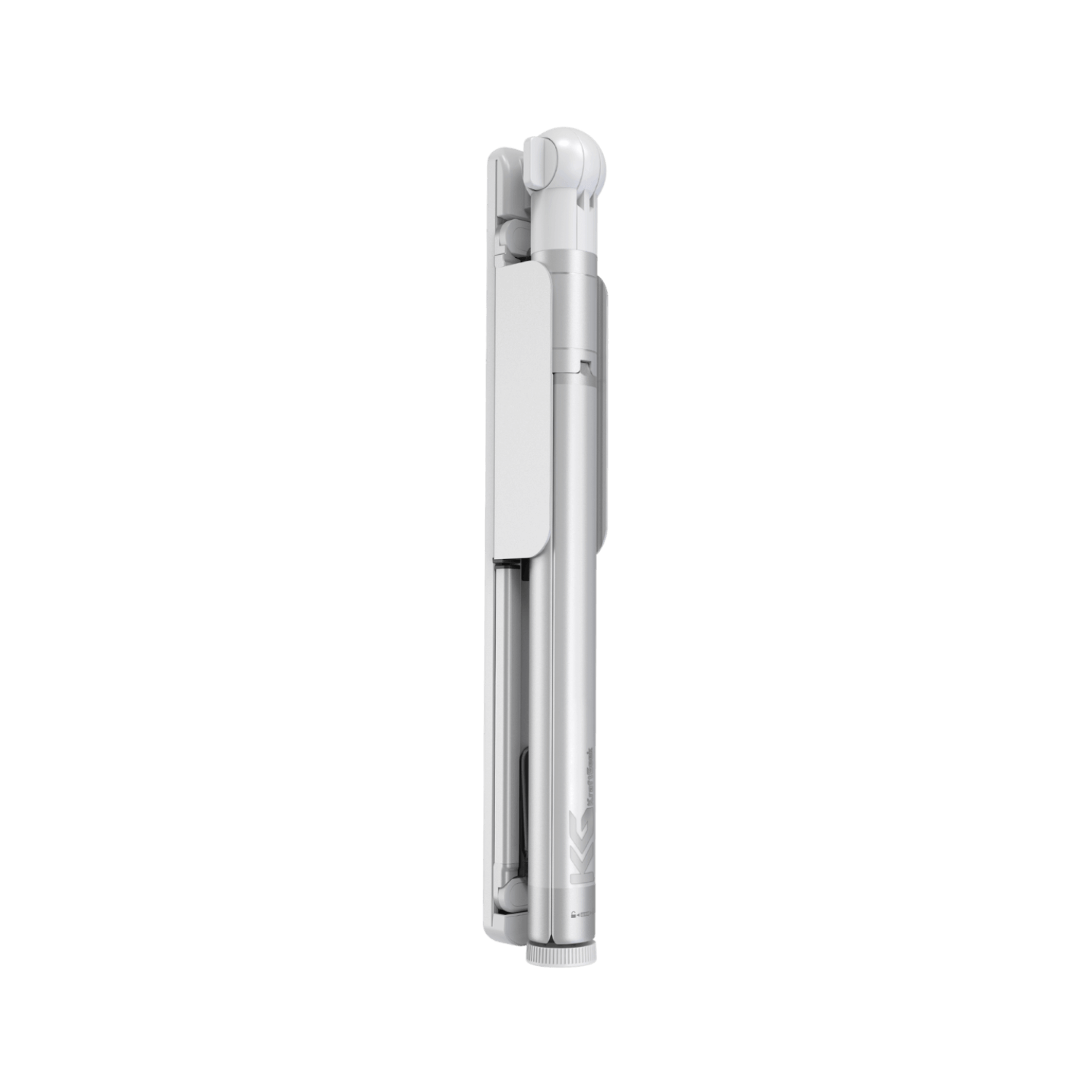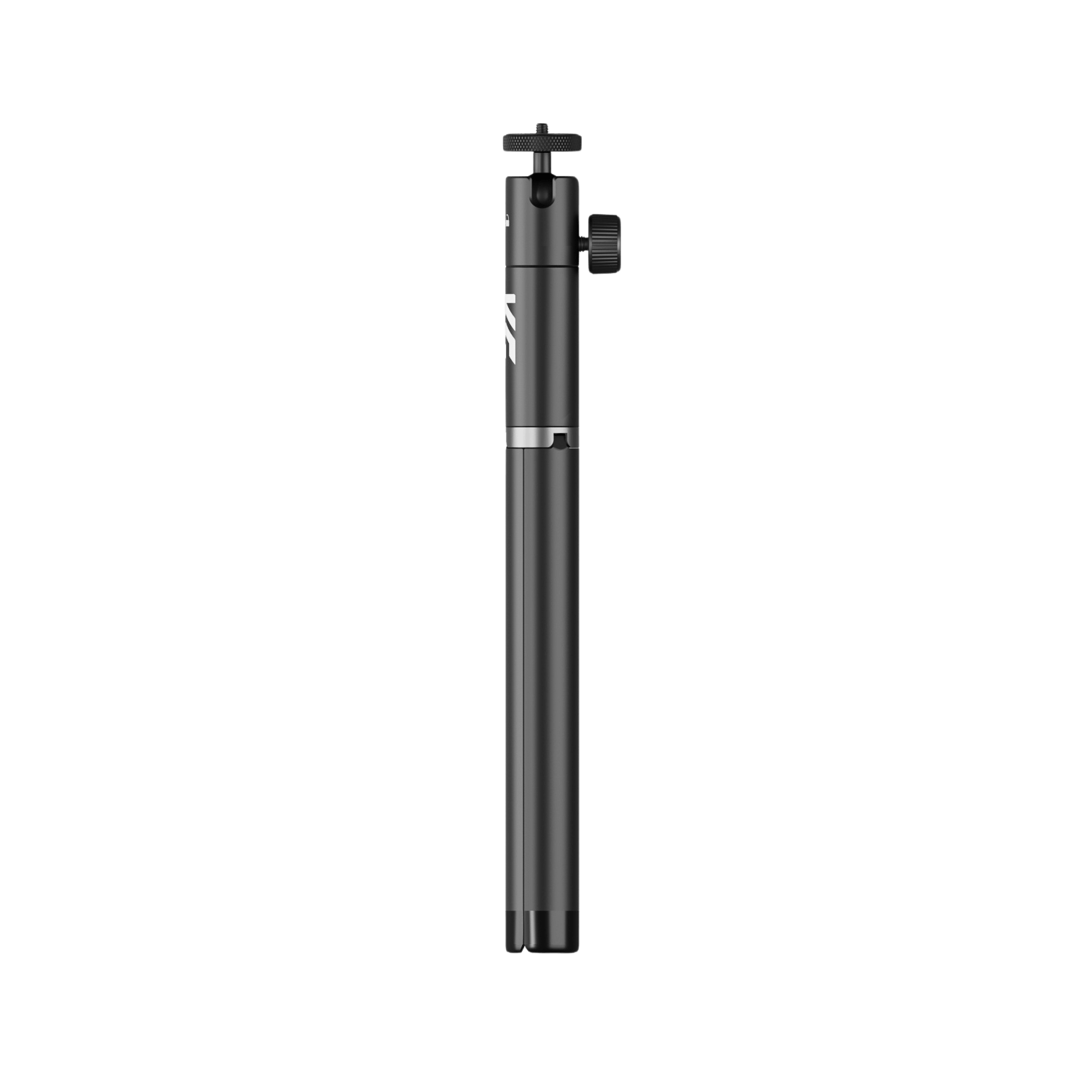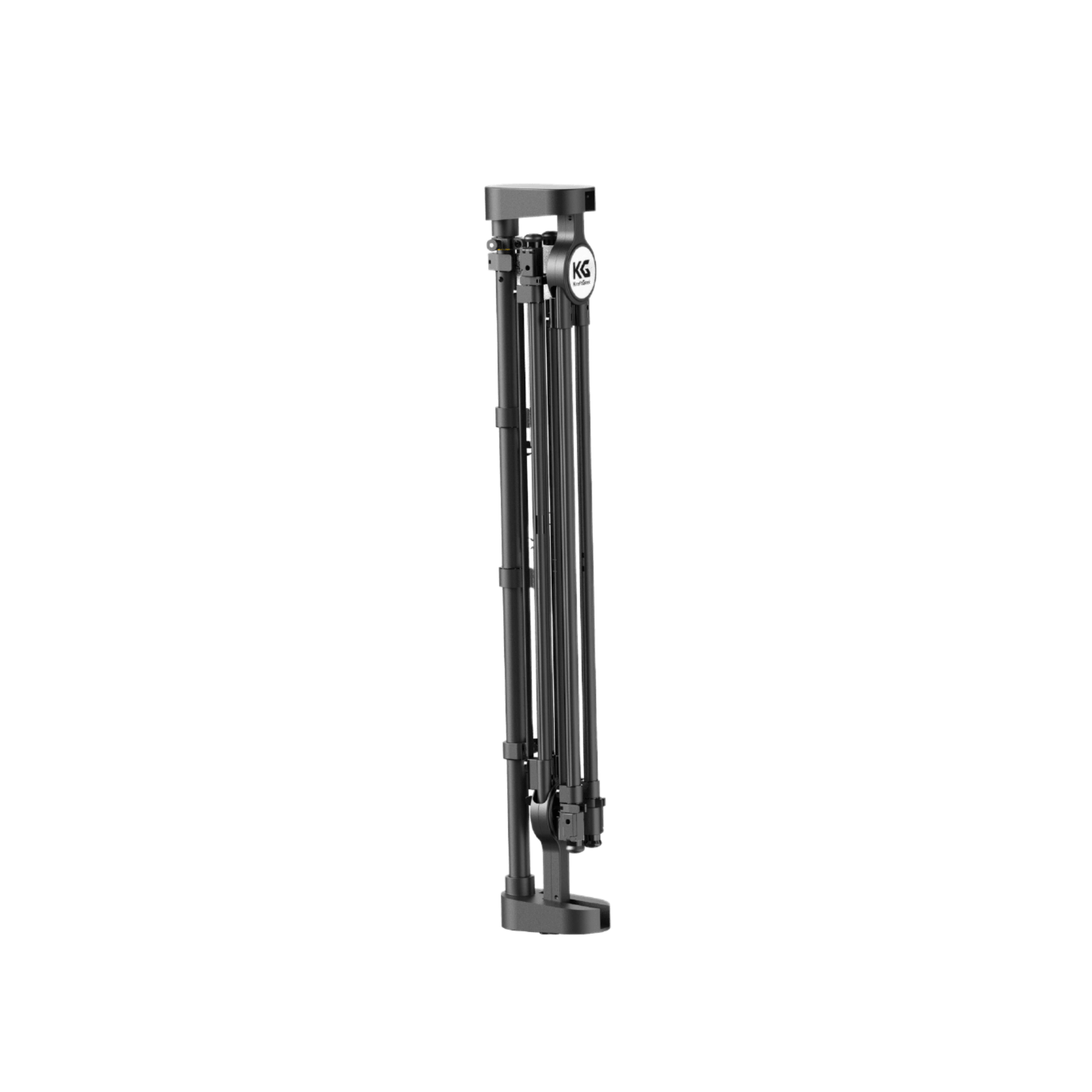Tuning serves as the cornerstone of every guitarist's odyssey, guaranteeing impeccable sound quality and harmonious melodies. Without precise tuning, even the most virtuosic performances may lose their luster, lacking the resonance and clarity essential for musical excellence. This article meticulously explores the tuning process, offering insights for every guitarist's arsenal. From standard tuning methods to delving into alternate tunings, we leave no chord untouched, ensuring that readers gain a comprehensive understanding of this fundamental aspect of guitar mastery.
Standard Tuning Method

Standard tuning, denoted as EADGBE, is the baseline configuration for the majority of guitar music. Each letter represents the pitch of one of the guitar's six strings, starting from the lowest-pitched string to the highest. Understanding this standard tuning is fundamental for any guitarist as it provides a consistent starting point for playing a wide range of songs and styles.
To achieve standard tuning, step-by-step instructions are indispensable. These instructions meticulously guide guitarists through the process of tuning each string to its designated pitch. Utilizing various tools such as electronic tuners, reference instruments like pianos, or employing relative tuning techniques, players can ensure that each string is precisely tuned to the correct pitch.
Mastering standard tuning lays the groundwork for musical exploration and expression on the guitar. It enables players to effortlessly transition between chords and notes, fostering versatility and creativity in their playing.
Alternate Tunings

Explore different tunings like Drop D and Open G, revealing unique sounds beyond the usual tuning. These tunings introduce unique textures and harmonies, enriching musical compositions with depth and character.
Detailed instructions simplify the process of tuning to alternate tunings. By clarifying tuning intervals and string adjustments, guitarists can confidently modify their instruments to match specific alternate tunings accurately. Whether it's the heavy riffs of Drop D or the resonant chords of Open G, mastering alternate tunings expands musical horizons, offering new avenues for creativity and expression. Embrace the opportunity to explore these unconventional tunings, and unlock a world of musical possibilities that add richness and diversity to your playing.
Tips and Techniques
Master the art of keeping your guitar in tune with practical tips and proper care techniques. These methods ensure consistent tuning stability, preventing interruptions during your musical performances.
Troubleshooting tips are invaluable for addressing common tuning issues that may arise. By troubleshooting, you can swiftly resolve any problems that could disrupt the flow of your music, allowing for seamless playing.
Enhance your musical intuition by honing your ability to tune your guitar by ear. This skill develops your ear for pitch and allows you to adjust your instrument accurately without relying on external tools. Tuning by ear not only improves your technical proficiency but also deepens your connection to the music you create, fostering a more intuitive and expressive playing style.
Tools and Resources
Explore indispensable tuning tools such as electronic tuners and tuning apps, which have transformed the tuning process, making it more efficient and accurate.
For beginner guitarists, the ultimate tuning tool is Guitar Tuna, a user-friendly mobile app. Its simplicity makes tuning effortless and intuitive. Additionally, the Snark Clip-On Tuner offers reliable performance, while the classic Korg Tuner/Metronome provides a more traditional option. These tuners cater to various preferences and skill levels, ensuring a well-tuned instrument for aspiring musicians. Whether opting for the convenience of a digital app or the reliability of physical tuners, these tools streamline the tuning process, allowing beginners to focus on honing their skills without the hassle of struggling with tuning their guitar.
Find online tutorials and reference materials recommended to help you master the art of tuning. These resources offer valuable guidance and insights to enhance your skills and understanding.
Elevate your practice sessions with accessories like the KraftGeek Music Stand. This accessory provides stability and convenience, allowing you to focus entirely on your playing without worrying about the placement of your sheet music or device. With these tools and resources at your disposal, you can streamline your tuning process, deepen your knowledge, and elevate your practice sessions to new levels of excellence.
Conclusion
Familiarize the importance of tuning for achieving the best sound quality and musical expression. Regular tuning practice is encouraged to enhance performance and achieve musical mastery.
This comprehensive guide offers invaluable knowledge to embark on a journey of harmonic precision and melodic excellence. Tune your guitar with confidence using the insights provided, allowing your melodies to resonate with clarity and beauty.
By prioritizing tuning in your practice routine, you ensure that every note you play is in harmony, elevating the overall quality of your performance. With dedication and practice, you can master the art of tuning, unlocking the full potential of your musical expression. Embrace the process of tuning as an essential aspect of your musical journey, and let your passion for playing shine through in every melody you create.









